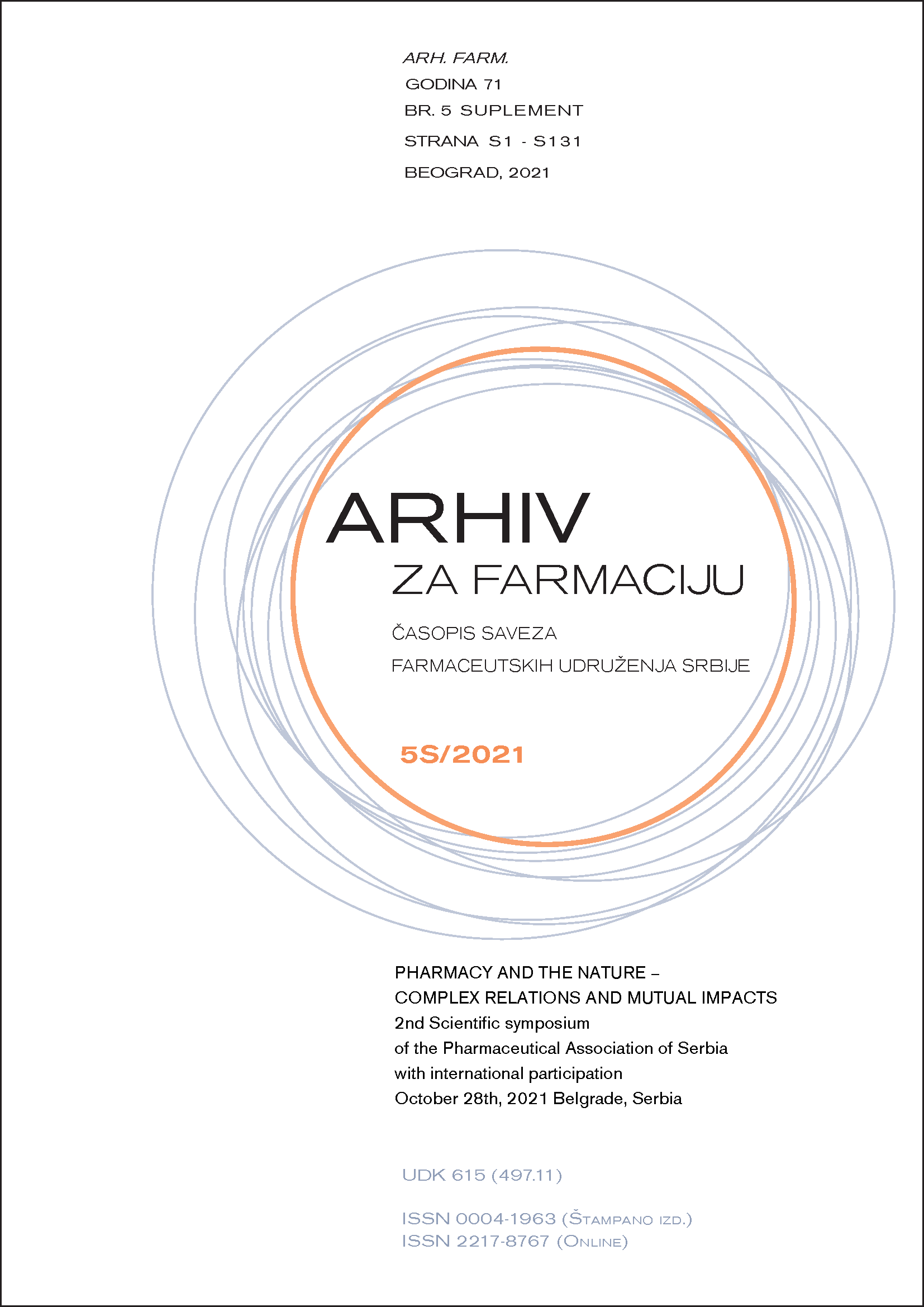MODELING RETENTION BEHAVIOUR OF IMIDAZOLINE AND SEROTONIN RECEPTOR LIGANDS UNDER CONDITIONS OF GREEN SFC TECHIQUE
Abstract
A possibility of predicting retention behaviour without a large number of preliminary experiments is a significant segment of theoretical and experimental investigations. By using an appropriate design to define experimental conditions (Design of Experiments, DoE), the retention behaviour of compounds can be described as a function of the most important parameters of chromatographic system. Further, the DoE methodology has shown successful applicability to modeling retention under the environmentally friendly Supercritical Fluid Chromatography (SFC) conditions (1). In the last decades, robustness of the SFC instruments has been improved in order to minimize ecological risks, and routine application of the SFC technique has been introduced into many pharmaceutical strategies (e.g., the Good Manufacturing Practice, GMP) (2). Therefore, the aim of our study was to define the influence of the main chromatographic factors on the retention behaviour of fourteen imidazoline and serotonin receptor ligands under the SFC conditions. Using the Central Composite Design (CCD) approach, retention characteristics (k) of the test compounds were examined on the mixed-mode stationary phase, with the mixture of supercritical CO2 and methanolic ammonium-formate (with an addition of 0.1% formic acid) used as mobile phase. We took into the consideration the influence of the following factors: volume fraction of methanol in mobile phase (20-30 %), ammonium-formate concentration (15-25 mM), and temperature deviation (20-30 ℃). The most important chromatographic factors were selected by the step-wise multilinear regression (MLR), and their statistical significance was assessed using the ANOVA analysis. Based on the results obtained, it was established that the retention characteristics were significantly influenced by changing the methanol and ammonium-formate concentrations in mobile phase (r > 0.90, p < 0.05), Figure 1. High degree of agreement (r > 0.98) was observed, when the theoretically predicted logk values for 35% and 15% volume fraction of methanol in mobile phase were compared with the experimental ones. The obtained results confirm successful applicability of the experimental design methodology in order to perform a minimum number of experiments, as demonstrated upon an example of modeling and predicting the retention behaviour of imidazoline and serotonin receptor ligands under the SFC conditions.

